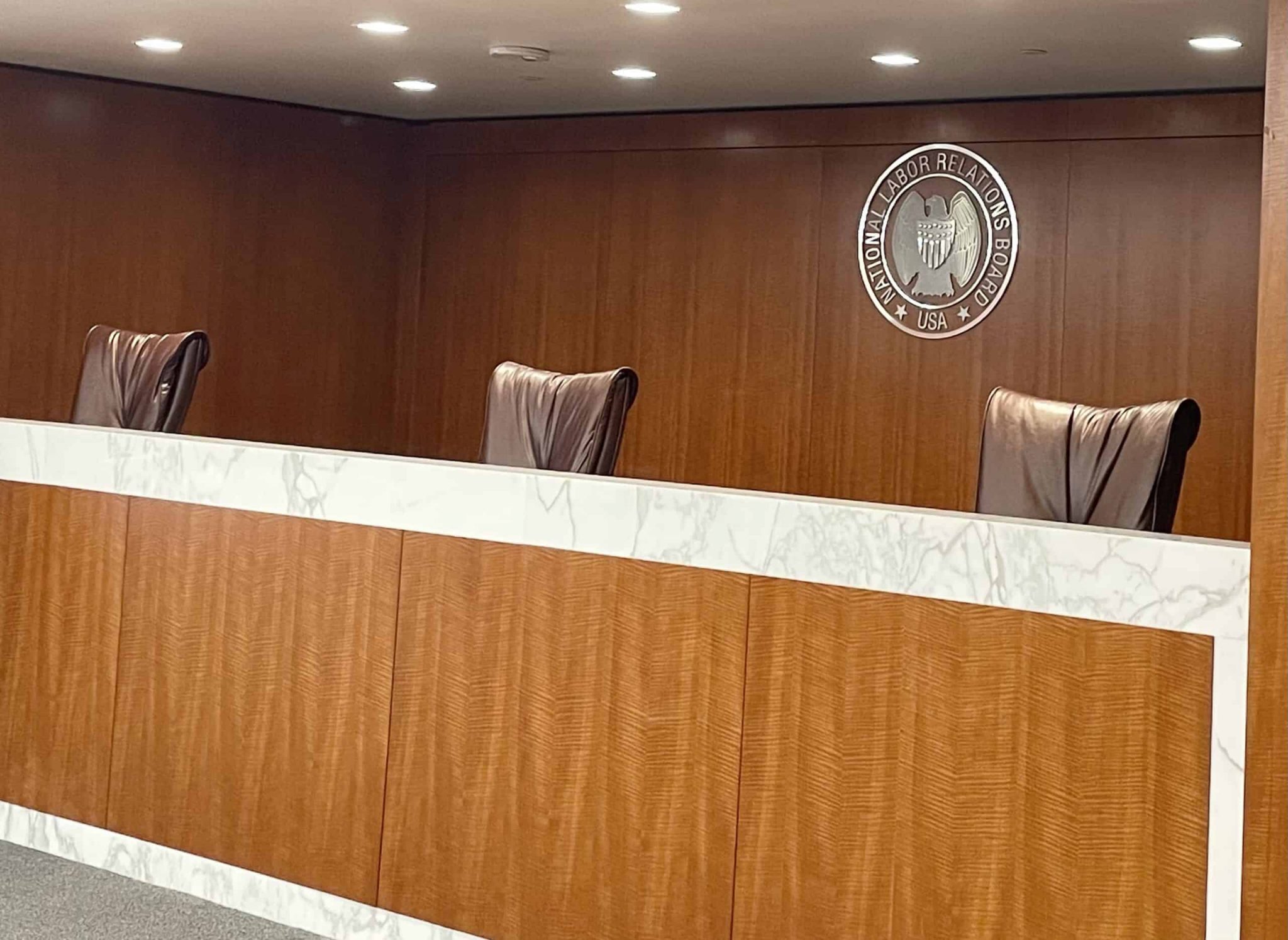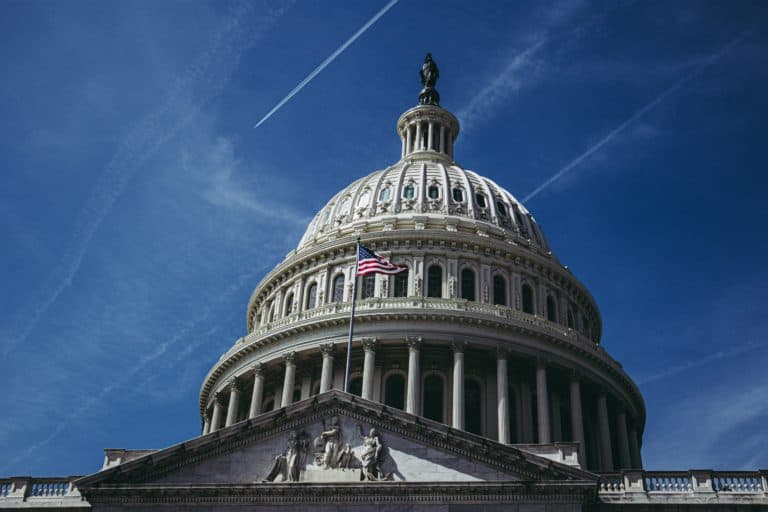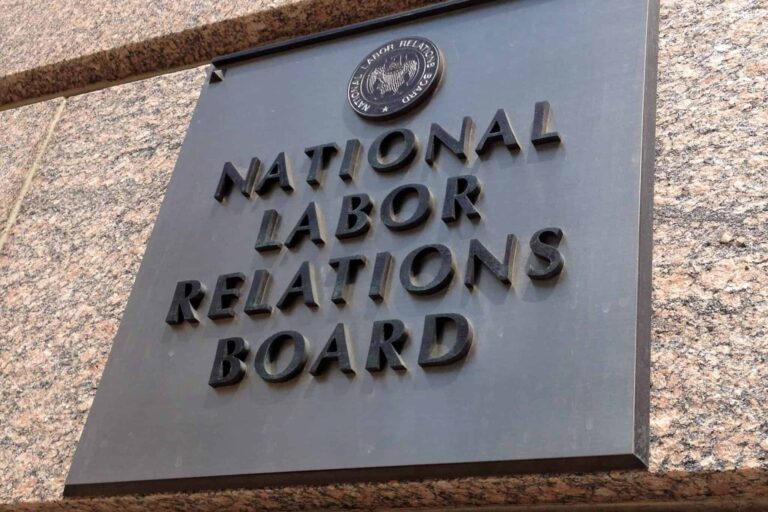
Jason Vazquez is a staff attorney at the International Brotherhood of Teamsters. He graduated from Harvard Law School in 2023. His writing on this blog reflects his personal views and should not be attributed to the IBT.
Early next year, in Loper Bright Enterprises v. Raimondo, the Supreme Court is positioned to decide whether to overturn its ruling in Chevron, U.S.A., Inc. v. NRDC. Chevron established the familiar principle, which has crystallized into a bedrock of administrative law, that judges must defer to a regulatory agency’s “reasonable” interpretation of an ambiguous provision in a statute Congress entrusted it to administer. This doctrine, which in recent years has surfaced as a primary target of conservative legal thinkers, at least in theory strips a significant degree of policymaking authority from the unelected judiciary and vests it instead in more politically accountable agency officials. Abandoning Chevron would thus vastly augment conservative judges’ capacity to hamstring federal regulators across a sweeping array of policy domains, including environmental preservation, labor rights, workplace safety, public health, food and drug regulation, commercial competition, financial markets, energy production, and consumer protection, to enumerate but a few. Although scholars have pointed out that reactionary jurists’ rhetorical denunciations of the administrative state have so far eclipsed the Supreme Court’s inclination to actually curtail the executive branch’s regulatory authority, many commentators suggest that the Justices have signaled an intent to finally depose the Chevron regime this term. If Chevron deference is narrowed or eliminated, then, how would that reshape the NLRB?
Nearly every provision of the NLRA, a capaciously framed statute characteristic of the New Deal era, permits considerable elucidatory latitude, and in adjudications and rulemakings the NLRB frequently redefines the scope of the law’s coverage, protections, and proscriptions. While it is far from baseless to fear that enlarging the policymaking purview of a federal judiciary largely insensitive or even hostile to class struggle will undermine the labor movement, there are reasons to suspect that abolishing Chevron may not radically reshape the NLRB’s existing role in formulating national labor policy.
To begin with, the NLRB, though nominally independent, is a profoundly politicized body. Board members are routinely enlisted from the ranks of the management or labor bar, and they all but explicitly reinterpret the Act in accordance with the ideology of the president who nominates them. As a recent example, the Biden Board issued a new rule last month redefining § 2(2) of the statute so as to expand the scope of joint-employer status, displacing the standard promulgated by the Trump Board which itself had supplanted the one enunciated by the Obama Board.
Judicial review of the Board’s actions tends to be governed by equally rigid ideological attitudes. Returning to the joint-employer episode, it is revealing that the D.C. Circuit panel which upheld the Obama Board’s more expansive standard with two Democratic-appointed judges affirming and one Republican appointee dissenting. This sort of partisan pattern characterizes the judicial review of nearly all the Board’s signature policy initiatives. Just last year, for instance, another appellate panel invalidated Trump Board regulations designed to delay the union election process, in a 2-1 ruling featuring both liberal judges in the majority and a conservative in dissent. A decade ago, three Republican-appointed judges struck down the Obama Board’s rule requiring that employers display notices in the workplace detailing employees’ § 7 rights. And many of the landmark labor rulings the Supreme Court has delivered in recent years display a similarly predictable partisan dynamic.
Such cases reflect a simple reality, which the academy has had no difficulty identifying: “[p]olitical commitments significantly influence” judicial review of NLRB decisions. Indeed, a plethora of scholarship makes abundantly plain that federal courts are significantly predisposed to uphold Board decisions that comport with their ideological commitments, and vice versa. For example, one recent survey reveals that the Board’s antilabor statutory constructions prevail nearly ninety percent of the time when scrutinized by Republican-controlled courts, whereas Democratic-majority panels invalidate such interpretations in most cases. Most strikingly, these figures are derived from cases where the courts expressly invoke Chevron, something they often decline to do even where the doctrine is plainly applicable. If Chevron did what it purports to do, it would presumably preclude such palpably and predictably partisan review of the Board’s policy preferences.
To be sure, the most salient question is not necessarily the extent to which courts in general sustain Board interpretations that contravene their ideological proclivities but rather whether they are relatively more likely to do so where Chevron governs. Yet on this score, too, Chevron fails to yield its desired result. This is chiefly because judges often eschew the Chevron framework entirely when reviewing Board initiatives, which is especially true of jurists hostile to labor. According to one study, all-Republican panels in NLRB cases invoked Chevron only fifteen percent of the time the doctrine should have applied. To illustrate, Andrew highlighted on this blog last month that a Third Circuit panel, controlled by Bush appointees, recently disregarded Chevron in upending the longstanding principle that a CBA’s provisions form the post-expiration status quo. As an even more recent example, earlier this month conservative judges on the Fifth Circuit set aside the Board’s determination that wearing union shirts at the workplace constitutes protected activity absent any mention of Chevron. This matters, because judges become even less likely to sustain Board interpretations discordant with their ideological predisposition where they neglect to apply Chevron; indeed, in such cases, Republican-majority panels encountering prolabor interpretations uphold them barely a third of the time.
In any event, as a threshold issue it’s not clear Chevron meaningfully overhauled the standards governing judicial review of the NLRB’s statutory constructions in the first place, for the Supreme Court enunciated a view of robust deference to the Board’s policy choices a few years after President Roosevelt signed the Wagner Act into law, predating Chevron by decades. Indeed, the Court asserted in 1944 that responsibility for elucidating the NLRA’s provisions “has been assigned primarily to the agency created by Congress to administer the Act.” As such, the Court reasoned, “in reviewing the Board’s ultimate conclusions, it is not the court’s function to substitute its own” preferences for those of the Board. The Justices have reinforced this principle countless times in subsequent decades, both before and after Chevron, unequivocally declaring that the Board “is entitled to the greatest deference in recognition of its special competence in dealing with labor problems.” That the lower courts frequently fail to accord Board interpretations the robust deference the Supreme Court has demanded merely underscores that dethroning Chevron may not appreciably alter the status quo.
Chevron is, to be sure, far from meaningless — all told, courts remain more likely to sustain ideologically unpalatable Board decisions when applying the doctrine. Moreover, overturning Chevron would have harmful reverberations in other policy domains implicating economic justice. Still, in the final analysis, given the muscular degree of deference courts are in principle obliged to afford NLRB policymaking independent of Chevron, together with federal judges’ remarkable proclivity to ignore the doctrine and vacate Board initiatives that transgress their political predilections, it is conceivable that, for better or worse, the NLRB’s existing capacity to formulate labor policy may not prove dramatically reimagined in a post-Chevron landscape.










Daily News & Commentary
Start your day with our roundup of the latest labor developments. See all
July 11
Regional director orders election without Board quorum; 9th Circuit pauses injunction on Executive Order; Driverless car legislation in Massachusetts
July 10
Wisconsin Supreme Court holds UW Health nurses are not covered by Wisconsin’s Labor Peace Act; a district judge denies the request to stay an injunction pending appeal; the NFLPA appeals an arbitration decision.
July 9
the Supreme Court allows Trump to proceed with mass firings; Secretary of Agriculture suggests Medicaid recipients replace deported migrant farmworkers; DHS ends TPS for Nicaragua and Honduras
July 8
In today’s news and commentary, Apple wins at the Fifth Circuit against the NLRB, Florida enacts a noncompete-friendly law, and complications with the No Tax on Tips in the Big Beautiful Bill. Apple won an appeal overturning a National Labor Relations Board (NLRB) decision that the company violated labor law by coercively questioning an employee […]
July 7
LA economy deals with fallout from ICE raids; a new appeal challenges the NCAA antitrust settlement; and the EPA places dissenting employees on leave.
July 6
Municipal workers in Philadelphia continue to strike; Zohran Mamdani collects union endorsements; UFCW grocery workers in California and Colorado reach tentative agreements.